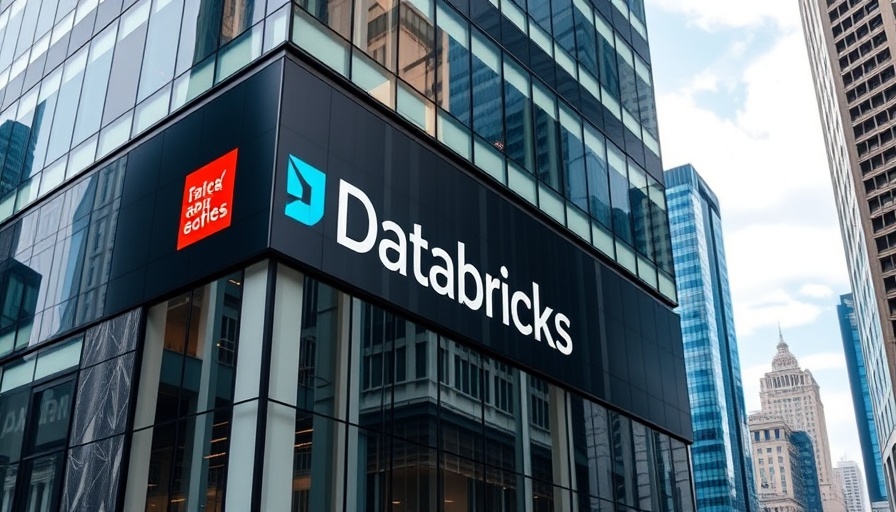
A Game-Changing Acquisition: Databricks Buys Neon for $1 Billion
In a bold move reflecting the rapidly evolving landscape of tech, Databricks announced its decision to acquire Neon, a startup specializing in open-source databases, for approximately $1 billion. The transaction, which was confirmed on May 14, 2025, signifies Databricks' commitment to enhancing its platform’s capabilities in artificial intelligence (AI) and cloud-based solutions.
Neon’s Innovative Technology
Founded in 2021, Neon has captured attention with its serverless relational database management system designed as a robust alternative to AWS Aurora Postgres. The technology allows developers to manage and scale databases effortlessly, adapting resources based on usage. One standout feature is its ability to automatically generate database instances predominantly through AI rather than manual processes, emphasizing the increasing reliance on automation in database management.
The Significance of This Acquisition
Ali Ghodsi, CEO of Databricks, remarked on the transformative potential of integrating Neon's technology, stating, "The era of AI-native, agent-driven applications is reshaping what a database must do." The acquisition supports Databricks’ strategy to offer tools that meet the high-speed demands of AI agents, making it easier for developers to deploy applications that function at a pace that traditional methods cannot.
The Birth of AI-Native Applications
Recent telemetry indicates that a staggering 80% of databases provisions on Neon's platform were initiated by AI agents, with Ghodsi indicating this trend illustrates a fundamental shift in how developers interact with databases. By leveraging this capability, Databricks aims to streamline the development process, allowing businesses to test and develop applications more efficiently. This is particularly relevant as many organizations pivot towards AI-driven solutions.
Future Trends in Cloud Computing and AI
As the industry grapples with the integration of AI into traditional workloads, the future appears bright for companies like Databricks and Neon. Businesses increasingly recognize the potential of AI to manage complex databases, paving the way for faster innovations. The combination of Neon's flexible database architecture and Databricks' considerable engineering resources could redefine norms in cloud computing, making them a leading choice for enterprises looking for agile solutions.
The Broader Impact on the Tech Industry
This acquisition is timed amid a series of strategic buyouts within the tech sector, as companies race to capitalize on the booming AI market. Earlier acquisitions by Databricks, including Tabular for data management and MosaicML for large language model training, position it as a formidable player in AI infrastructure development.
What This Means for Developers and Businesses
For developers, the merger will likely mean improved tools that can handle complex workloads, allowing for reduced testing and deployment time. Businesses can anticipate cost savings and efficiency gains, further incentivizing the switch to cloud services that prioritize AI functionality. As these innovations unfold, the broader implications may reshape industries reliant on data-driven decision-making.
Conclusion: Embracing Change in the Tech Landscape
In summary, Databricks’ acquisition of Neon highlights a significant trend in the tech industry, especially regarding how databases are evolving to meet the needs of AI-driven applications. As this transformation occurs, stakeholders ranging from developers to business leaders should stay tuned for advancements that could redefine operational capabilities. The future of technology is undoubtedly intertwined with AI, and keeping abreast of such developments is essential for anyone involved in tech.
 Add Row
Add Row  Add
Add 



Write A Comment